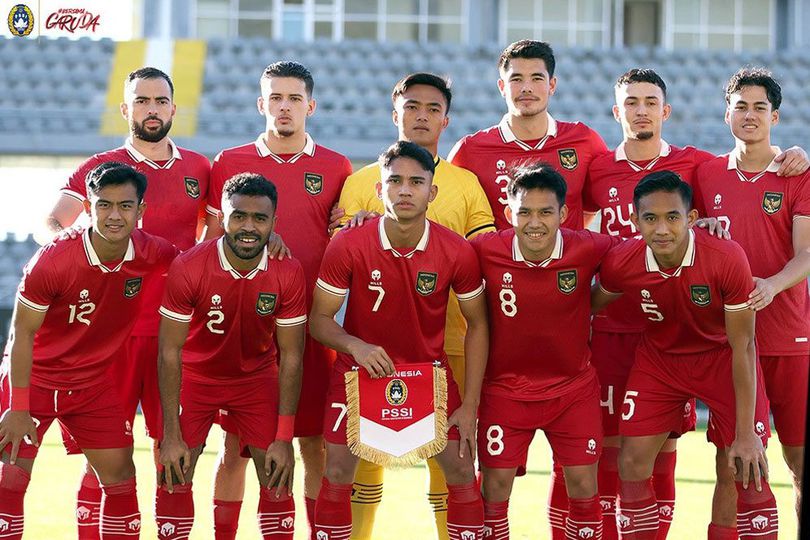
Indonesia and Malaysia, two neighboring countries in Southeast Asia, share a rich cultural heritage and intertwined history. However, their distinct paths since independence have led to significant differences in their economic development, political systems, and international standing.
Economically, Indonesia is a regional powerhouse with the largest GDP in Southeast Asia and a G20 member. Its economy is diverse, driven by sectors such as manufacturing, agriculture, and services. Malaysia, while smaller in size, has achieved impressive economic growth and is considered a newly industrialized nation. It has a strong manufacturing base and a growing services sector, particularly in tourism and finance. Both countries face challenges related to income inequality, poverty, and environmental sustainability.
Politically, Indonesia is the world’s third-largest democracy and has a multiparty system. Despite periodic challenges to democratic institutions, the country has maintained a relatively stable political environment. Malaysia, on the other hand, is a constitutional monarchy with a parliamentary system. The ruling coalition, Barisan Nasional, has dominated Malaysian politics for decades, although recent elections have shown a growing opposition presence. Both countries face issues related to corruption, political polarization, and the balancing of ethnic and religious interests.
In terms of international relations, Indonesia has pursued an independent and non-aligned foreign policy, emphasizing regional cooperation through ASEAN. It plays a key role in regional forums and has a strong diplomatic presence globally. Malaysia, while maintaining close ties with Indonesia, has a more pro-Western orientation. It is a member of the Commonwealth and has close military cooperation with the United States. Both countries are active in international organizations such as the United Nations and the World Trade Organization.
Comparing Indonesia and Malaysia provides valuable insights into the complexities and contrasts of Southeast Asian development. While they share historical and cultural connections, their unique trajectories have shaped distinct political, economic, and international profiles. Understanding these differences is crucial for navigating the complexities of regional cooperation and global engagement in the 21st century.